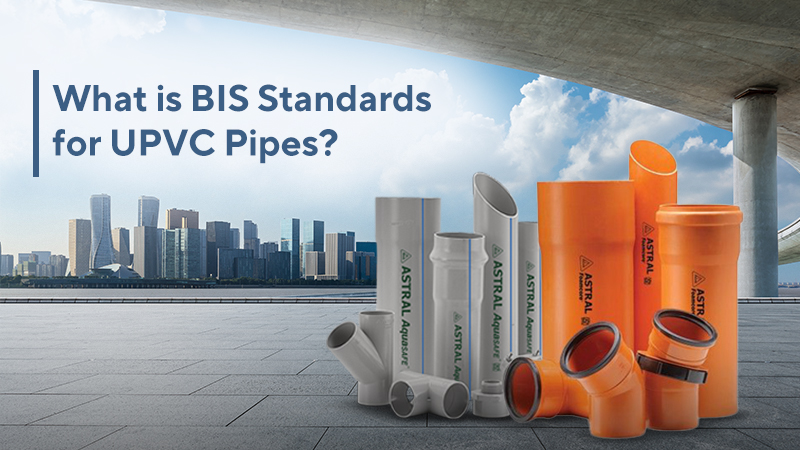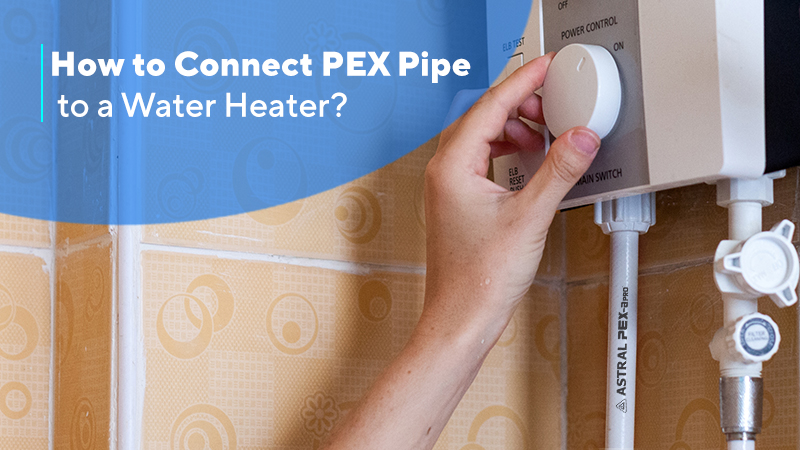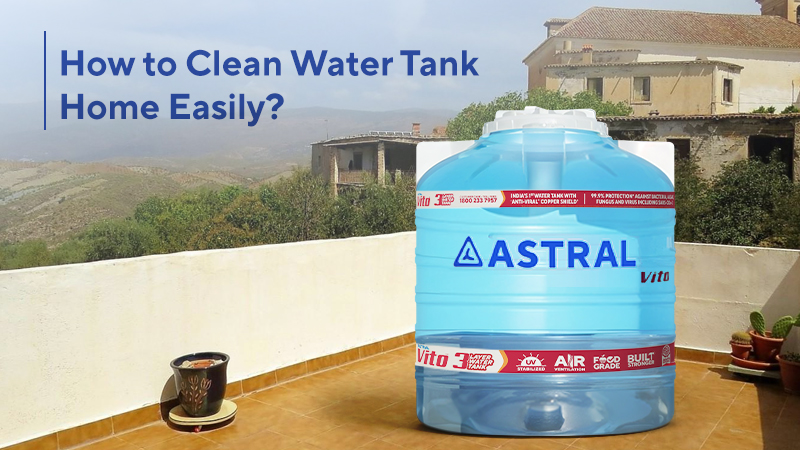
01 Jun 2025
What is BIS Standards for UPVC Pipes?
The Bureau of Indian Standards (BIS) is India’s national standards body, established under the BIS Act of 1986 (revised in 2016). It functions as an autonomous organisation that develops and implements quality standards across various industries and products.
BIS standards define a product’s minimum requirements to be considered safe and effective. BIS standards, backed by scientific testing and expert input, ensure consumer safety, uphold quality and boost global acceptance of Indian products.
For uPVC pipes, these standards specify essential parameters including material composition, dimensional accuracy, physical properties and pressure performance. Now, let us explore why BIS standards are important for uPVC pipes.
What is BIS Standards?
BIS standards for uPVC pipes are comprehensive, outlining essential parameters, such as material composition, dimensional accuracy and pressure performance. Developed through rigorous scientific testing and expert consultation, these standards are important to ensure product reliability. They protect consumers by guaranteeing quality and safety and help manufacturers maintain consistent production standards.
BIS certification creates fair market conditions by setting uniform benchmarks. It also enhances the global acceptance of Indian products, strengthening their credibility in international markets. This standardisation ensures that uPVC pipes meet stringent performance and safety requirements.
Why BIS Standards Matter for uPVC Pipes?
Importance of BIS standards for Upvc pipes.
1. Quality Assurance
BIS standards establish a comprehensive quality control mechanism that requires manufacturers to undergo rigorous testing and certification processes. This ensures that uPVC pipes maintain consistent dimensions, feature a uniform material composition, and deliver reliable performance under normal and stress conditions.
By adhering to these standards, manufacturers guarantee safety and efficiency in every certified product.
2. Safety and Health Protection
For potable water pipes, BIS standards play an important role in ensuring safety and quality. These standards guarantee that the pipes do not leach harmful chemicals, which makes them safe for transporting drinking water. The materials used are food-grade, meeting strict health regulations to prevent contamination. BIS-certified pipes are designed to withstand pressure and environmental stress without compromising water quality. This ensures a reliable and long-lasting solution for water transportation.
3. Performance Reliability
BIS standards define performance parameters to ensure the reliability of uPVC pipes. These standards specify requirements for impact resistance, thermal stability and chemical resistance. This ensures that the pipes can endure harsh conditions without degradation. Additionally, they establish guidelines for pressure-bearing capacity and longevity, guaranteeing that the pipes perform efficiently across different environmental conditions over an extended period.
4. Consumer Protection
BIS certification gives consumers confidence by guaranteeing a product’s quality. When the BIS mark appears on uPVC pipes, it signifies that the product has undergone stringent quality checks, complies with national standards and has been verified by an independent authority. This certification serves as a mark of trust, which ensures that the pipes meet high performance and safety standards.
BIS Standards for uPVC pipes
The primary standards governing uPVC pipes include:
1. IS 13592: Specification for uPVC pipes for Soil and Waste Discharge Systems. This standard covers uPVC pipes used in drainage and sewage systems, specifying requirements for pipe dimensions and quality. It ensures that pipes can manage waste disposal effectively while maintaining structural integrity and preventing leakages.
2. IS 4985: Unplasticised PVC Pipes for Potable Water Supplies. An important standard focusing on uPVC pipes used for drinking water distribution. It sets strict guidelines for material composition, chemical resistance and safety to ensure that pipes do not contaminate water or pose health risks.
3. IS 14182: Unplasticized PVC Pipes for Irrigation. Specifically designed for agricultural and irrigation purposes, this standard ensures that uPVC pipes can withstand environmental challenges and provide reliable water transportation in farming applications.
How to Identify Genuine BIS-Certified uPVC Pipes?
Look for these key indicators:
1. BIS certification mark
2. Manufacturer’s details
3. Batch or lot number
4. Pipe specifications printed on the pipe surface
Choose a Reliable uPVC Pipe Solution for Your Project
Astral Pipes offers several high-quality uPVC pipe products that exceed BIS standards:
1. Aquasafe: This lead-free uPVC pressure piping system for agriculture delivers exceptional performance for irrigation and water supply applications. Aquasafe pipes feature enhanced UV resistance and pressure-handling capabilities that surpass standard requirements.
2. Drainmaster: As a top-grade SWR drainage system, Drainmaster provides superior flow characteristics and exceptional joint integrity. These pipes are engineered to exceed the requirements of IS 13592 for soil and waste discharge applications.
3. Foamcore: This lightweight uPVC drainage piping system combines reduced weight with exceptional strength. The innovative foam core design provides improved insulation properties while maintaining structural integrity that meets and exceeds relevant BIS standards.
Understanding BIS standards for uPVC pipes is essential for ensuring safety and performance in plumbing systems. The BIS standard framework provides comprehensive quality parameters that protect consumers while guiding manufacturers toward excellence. When selecting uPVC pipes, always verify the presence of valid BIS certification marks and conduct quality checks.
By choosing standards-compliant products, you invest in infrastructure that delivers reliable performance throughout its intended lifespan.
Read our blog on What is a PVC Pipes and What is it Made Of?










